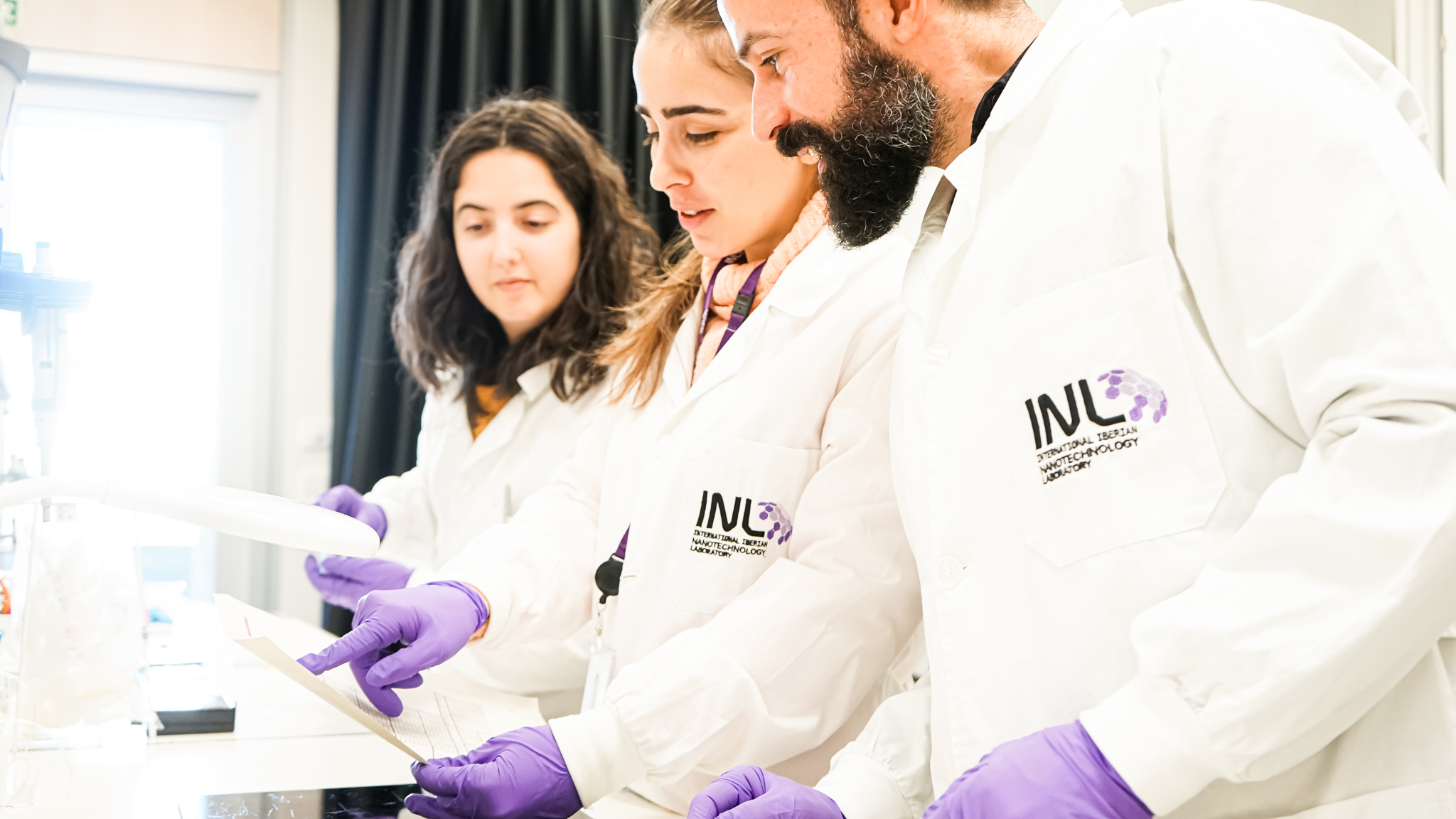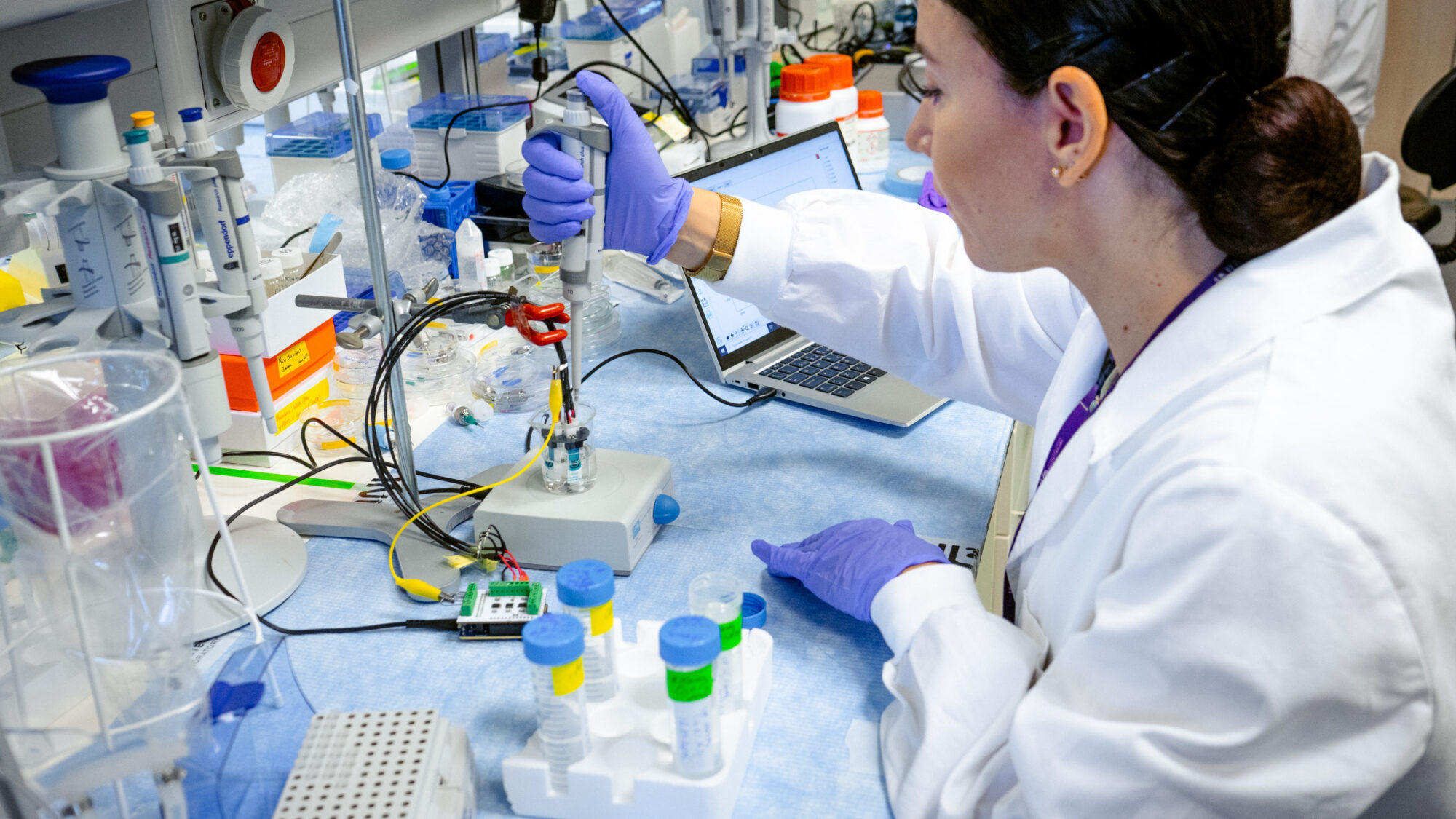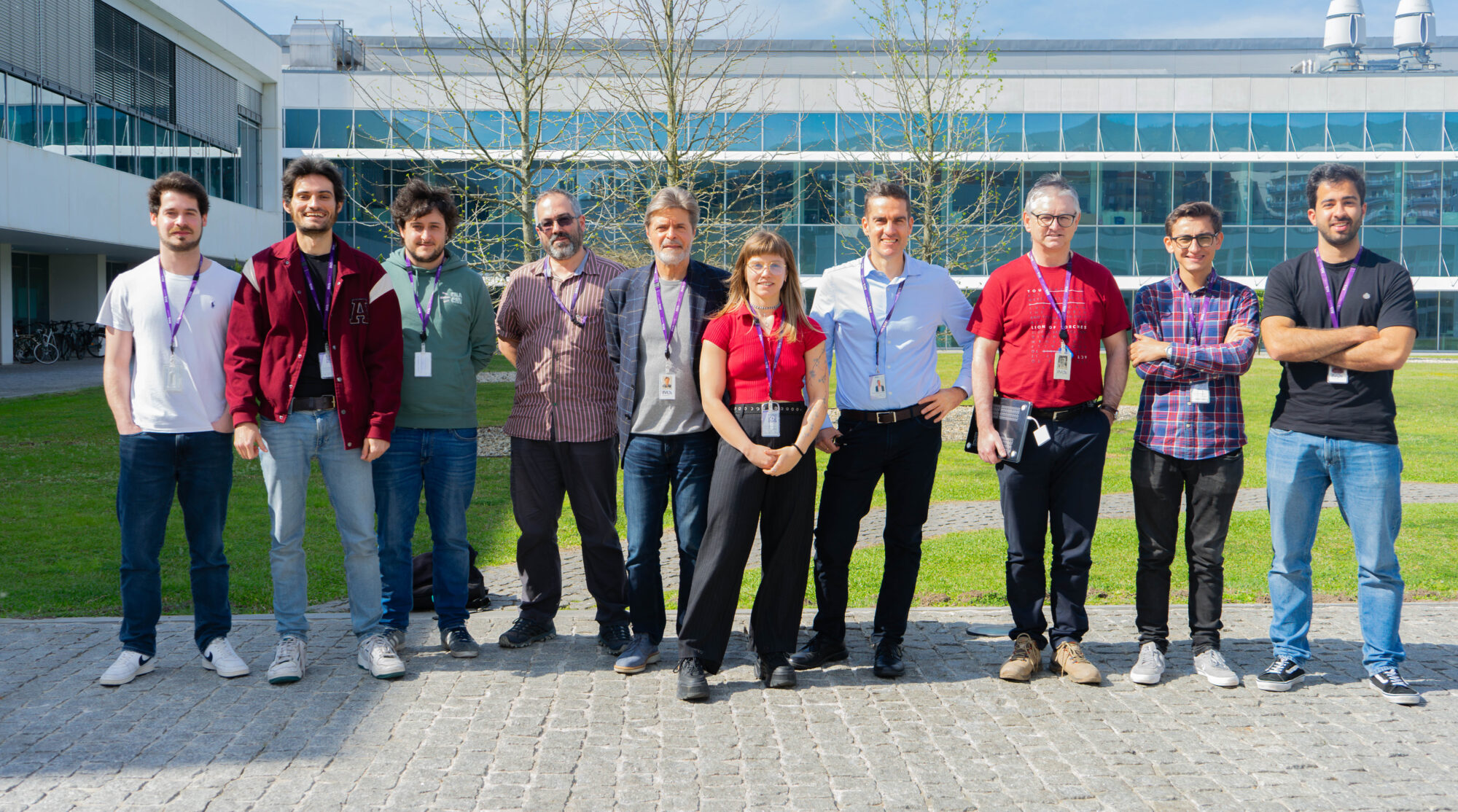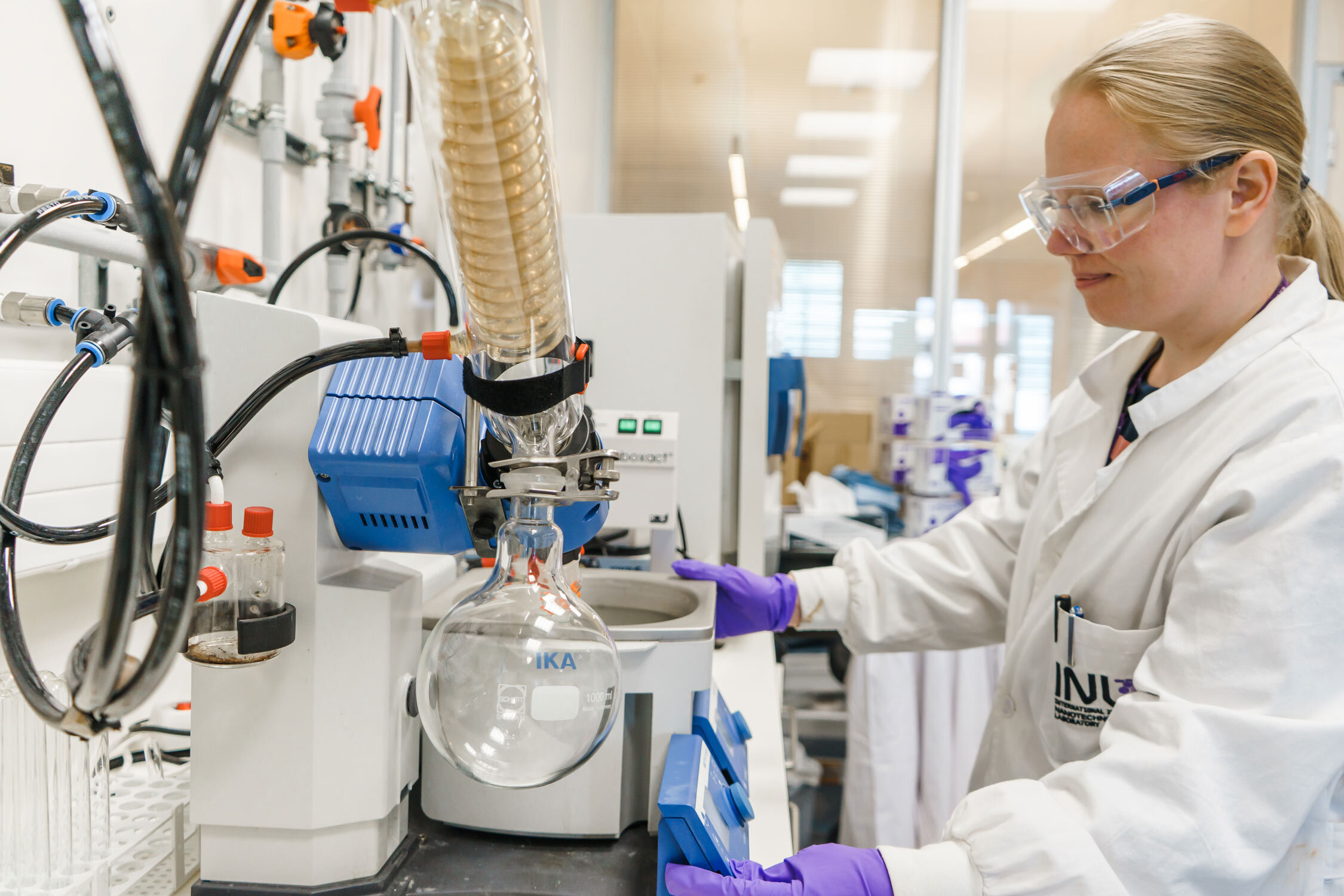
INL continues to breakthrough in Energy research
February 22, 2024
Clean energy technologies based in photovoltaics, energy storage and renewable gases are key research lines of the Clean Energy Cluster at INL. In 2023 there were several developments in terms of people, projects, events, and scientific advances.
There are 10 INL research groups participating in the Clean Energy cluster, with 17 research and development competitively funded projects, including 8 European projects. In 2023, these groups saw 5 PhD graduations and 9 MSc completions. Three researchers received recognition by Stanford University, placing them among the top 2% of scientists worldwide of 2022 – Laura Salonen, Lifeng Liu and Paulo Ferreira. INL hosted two relevant events, the Horizon Europe BATT4EU Funding Opportunities event, and organised a workshop within the FUNLAYERS twinning EU project.
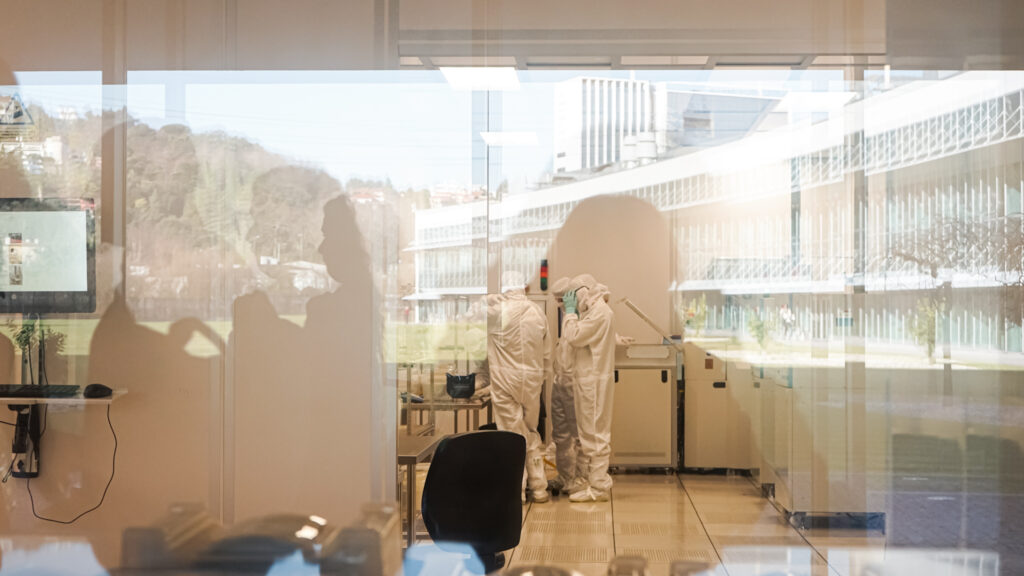
INL researchers in the Energy field developed new solutions, ranging from proof-of-concept to prototype devices for energy conversion, such as photovoltaic and renewable gases technologies, and energy storage, namely rechargeable batteries and hydrogen. Here one can have a glimpse of the research highlights in this field:
The LaNaSC research group used conductive atomic force microscopy (C-AFM) tomography to investigate the impact of alkali-fluoride post-deposition treatments on Cu(In,Ga)Se2 (CIGS) solar cells. Their findings, published in Nature Energy, revealed that spatial inhomogeneities in conductivity can hamper the success of PDT. Solar cells treated with different alkali fluorides showed varying levels of charge-carrier concentration homogeneity, which directly affects device performance. This work was developed in collaboration with the Centre for Solar Energy and Hydrogen Research Baden-Württemberg (ZSW) in Germany.
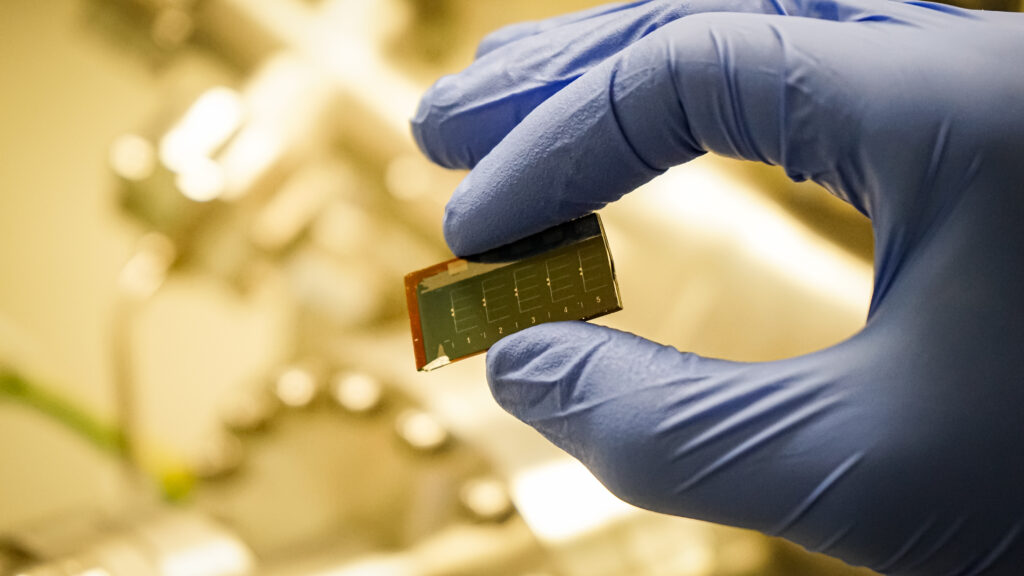
The NOA research group, together with researchers from Hasselt University in Belgium, Uppsala University in Sweden, University of Coimbra and University of Aveiro in Portugal, developed high-performance substrates for ultrathin solar cells by enhancing interface passivation strategies. This innovation led to a significant improvement in the open-circuit voltage of solar cells, 100 mV compared with a reference device, highlighting the importance of interface engineering in advancing photovoltaic technology. The study, published in Advanced Functional Materials, highlights the critical role of interface passivation, demonstrating the significance of both the passivation material, silicon oxide, and the architectural design in ultrathin solar cells.
In a collaboration with University of Texas at Austin, Indiana University and Purdue University, the Atomic Structure-Composition of Materials group published a study in the journal Nano Letters focused on monitoring the evolution of platinum nanoparticles in proton-exchanged membrane fuel cells (PEMFC). Using advanced imaging techniques, the team discovered that a combination of 2D and 3D observations is crucial for understanding the mechanisms associated with the durability of Pt catalyst nanoparticles. They found that controlling the loading of Pt in PEMFC is essential to prevent particle migration and coalescence, which can lead to degradation of the fuel cells.
The NESC group tackled the challenge of dendrite growth in alkali metal batteries by developing a glass fibre separator impregnated with polytetrafluoroethylene nanospheres (PTFE-GF). This separator allowed for homogeneous deposition of lithium and sodium during charging, leading to improved battery performance and capacity retention. This discovery was patented (EP22182242), and the research work was published in Advanced Energy Materials.

Pedro Salomé, the 2023 coordinator of the Clean Energy cluster commented “with the 8 European projects and the resilience and recovery Portuguese projects (PRR), the groups working in the clean energy field at INL ensure that the research and development that is being done is competitive and linked to the several Portuguese, Iberian and European initiatives such as the Repower EU. The initiatives are also represented via INL participations in several European initiatives like EIT InnoEnergy KIC, EERA – European Energy Research Alliance, BEPA – Batteries European Partnership Association, European Clean Hydrogen Alliance, EBA250, BatteryPlat Technology Platform, just to name a few examples.”
The Clean Energy coordinator for 2024 is Yury Ko’lenko. The research groups will continue to develop their activities in the three key areas, “moving the state-of-the-art while at the same time helping Europe creating a more resilient energy ecosystem”, concluded P. Salomé.
Text by Catarina Moura, Science Communication Officer
Photography by Catarina Moura & Gina Palha, Communication, Conferences & Marketing Officer
